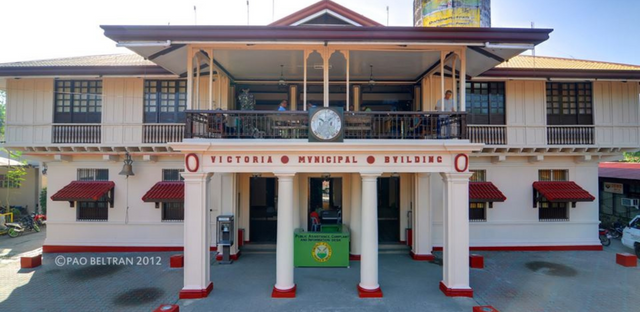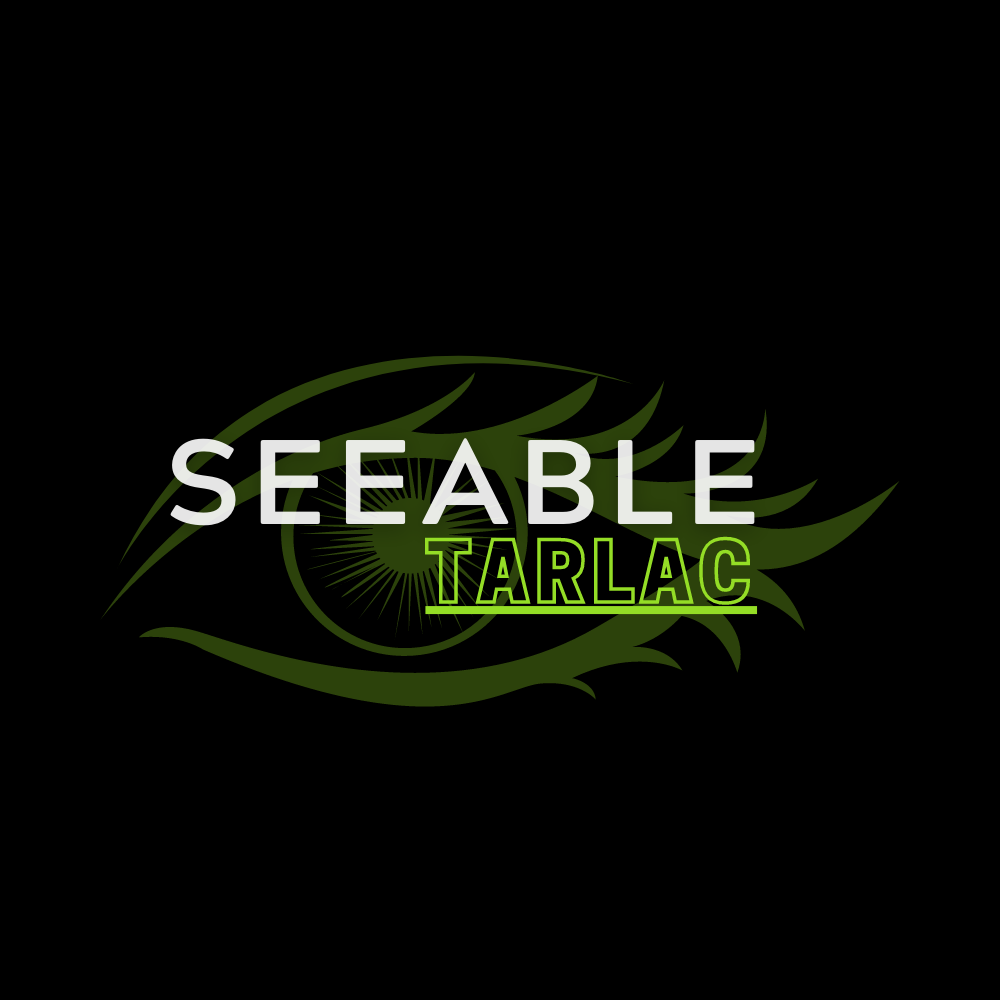Destinations


Team Seeable
Victoria Municipality
It reveals its cultural history while preserving its century-old homes and other Spanish architectural designs of different buildings that may have partially crumbled or have remained grandiose through the years, preserving memories of the halcyon days. a long trek back through the past. The setting is historical; it has a mysterious, ancestral, and peaceful air; it depicts a town that is striving to attain a new horizon of optimism and prosperity. This community has a thriving culture in its own right. Although modernization and progress are being made slowly, its rich cultural legacy has always been protected.
The founding of Victoria as a community can be dated back to the middle of the 19th century, when the Spanish regime began to move further north from Manila. It also took place at the same time when Tarlac (now Tarlac City) and FloridaBlanca (now a part of Pampanga) became ancient after Porac and FloridaBlanca. By 1849, the wetland provided food for homes and small groups of communities. The largest sitio was Namitinan, which was a portion of San Vicente de Canarum, the first neighborhood to be established in 1852. The marsh known as Canarum Lake served as the source of the revelation. The neighborhood San Vicente de Canarum was not detached from Tarlac to create an independent Spanish province until the decree was signed by the Spanish Governor General Manuel Crespo on March 28, 1855.
Victoria is popularly known for its "Century-old" acacia tree and during "Lenten" season.
Social Accounts:
Website:https://www.victoriatarlac.gov.ph/
FacebookPage: https://www.facebook.com/Tatak-Victoria-Tarlac-107434730631477/